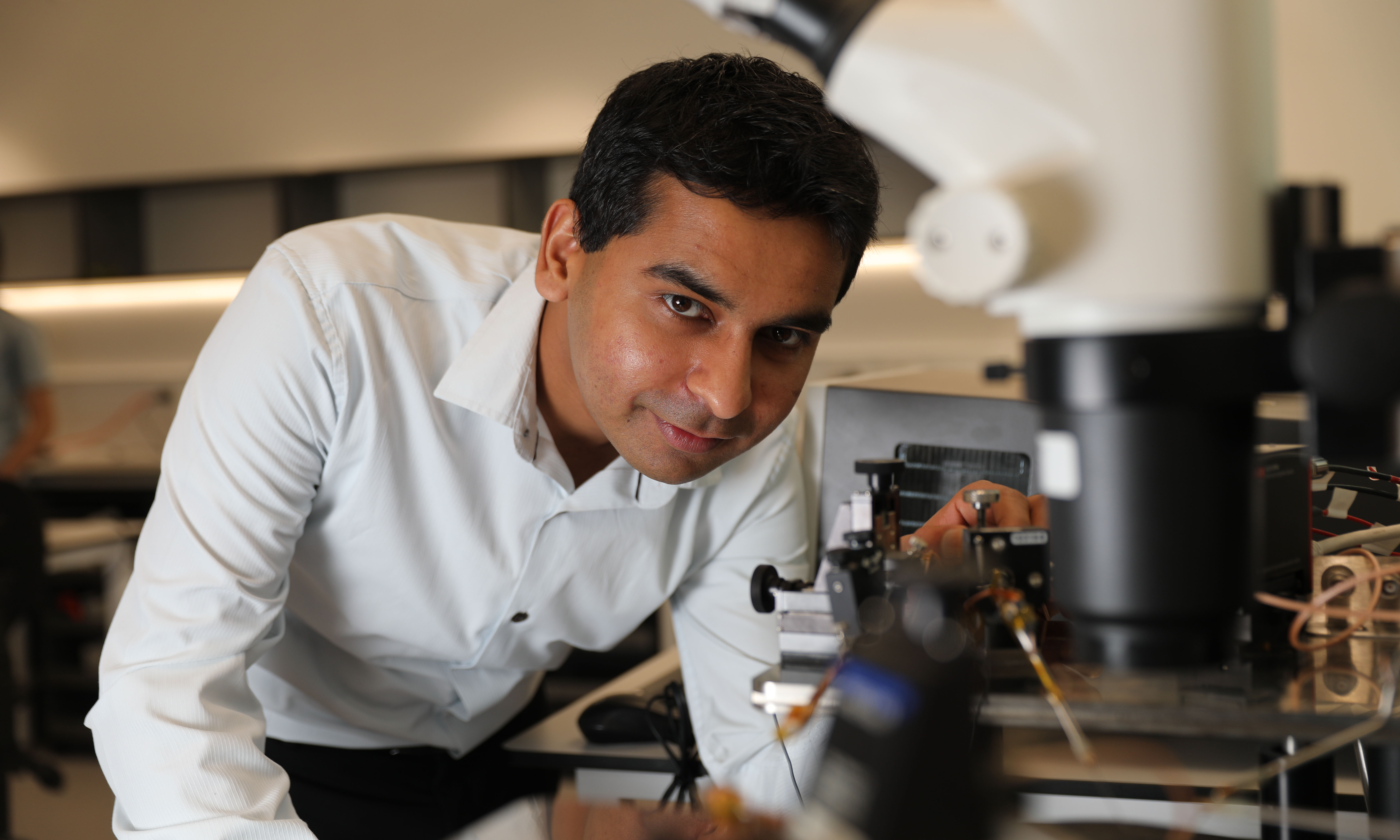The ground-breaking research, published in top journal Science of the Total Environment, highlights the mystery behind this pollution of marine mammals, as no PFAS manufacturing occurs in Australia.
Foord emphasized the need to identify the sources and understand how these chemicals behave in the environment.
“While we would expect higher concentrations in locations where these chemicals are made, that is not what this study found,” she said. “So, without manufacturing occurring in Australia, why are we recording these alarming PFAS levels?”
“Most importantly, how are they going to impact the viability of these dolphin populations?”
The study also revealed emerging contaminants in the environment, indicating that newer replacement chemicals are already bioaccumulating through the food web to the dolphins.
A critically endangered dolphin
The Burrunan dolphin was first described as a separate species in 2011 by Marine Mammal Foundation Director, Dr Kate Robb, also a co-author on this study.
Sadly, it’s already critically endangered.
Robb said the only two known populations – in Port Phillip Bay and the Gippsland Lakes – are both small and already at high risk of localised extinction.
“With only 250 individuals across these populations, increasing our understanding of threatening processes is absolutely crucial for the conservation and protection of the Burrunan dolphin, and in the management and mitigation of those threats,” she said.
“Given the current immune compromising risks and health impacts associated with PFAS exposure, it is incredibly concerning that these Burrunan dolphins studied have the highest level of documented PFAS worldwide, especially due to their high vulnerability and risk of extinction.”
“This study highlights how crucial it is that we continue our vital research to ensure the future of the species.”
‘Hepatic concentrations of per- and polyfluoroalkyl substances (PFAS) in dolphins from south-east Australia: Highest reported globally’ by Chantel Foord, Drew Szabo, Kate Robb, Bradley Clarke and Dayanthi Nugegoda is published in Science of the Total Environment (DOI: 10.1016/j.scitotenv.2023.168438).
This research was supported by the Victorian State Government via the Icon Species grant funding.
For more information please contact: research@marinemammal.org.au
Story: Chantel Foord and Michael Quin





